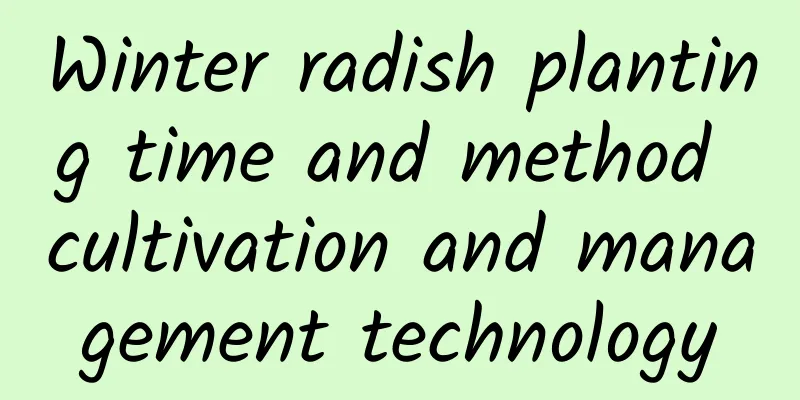How to prevent carnation root rot

|
In fact, when it comes to flower care and disease treatment, prevention is more important. The roots are not as good as the leaves. If they are not discovered in time, all of them will rot. The consequences are far more cruel than you can imagine. So everyone should take precautions before it happens! Improve soil permeabilityCarnation is a herbaceous plant of the Caryophyllaceae family and the genus Dianthus that requires soil conditions that retain fertilizer and have good ventilation and drainage properties. The soil is too sticky and has poor water retention and air permeability, which can easily cause root rot. The best solution is to increase the size of the soil particles and add some large particles, such as perlite, to the soil to enhance its air permeability and water retention. This is beneficial to the growth and development of the root system. Maintain a healthy water cycleIn fact, a major reason for root rot is lack of oxygen, closed root growth, humidity, stuffiness, and stagnant growth. When there is serious water accumulation in the potting soil, the weather is hot and humid, and the temperature of the leaves is too high, the nutrients accumulated in the above-ground part cannot be transported to the roots. The roots, which are already growing poorly, cannot keep up with the nutrition, and root rot is inevitable. In daily maintenance, you must control your hands and pay attention to water control. When watering, pay attention to watering when the soil is dry and wet. Only water when the soil surface is obviously loose. Or you can directly use the immersion pot method to allow water to circulate, which is more conducive to the growth of the root system. Pest and disease controlIn fact, there are very few common pests of carnations in the home, and the only diseases are leaf spot and gray mold. The main disease that affects the roots is gray mold. Once the disease becomes serious, the roots will also be infected with the bacteria. Once pests and diseases are discovered, spray pesticides in time for prevention and control. |
<<: What to do if the roots of fuchsia rot
>>: What to do if magnolia root rots?
Recommend
How to prune irises after they bloom
Pruning irises after they bloom After the iris fl...
Causes and treatments for yellowing camellia leaves
1. Occurrence of pests and diseases 1. Reason: Th...
Cultivation methods and precautions of Curculigo
1. Matrix selection Curculigo likes to grow in lo...
Illustrations of 258 common succulents, identify them all in 1 minute!
1 White Peony (Author: Yang Tutu Source: Sina Wei...
When should the weeping angel be repotted?
1. Time to change pots It is suitable to repot th...
Plant these plants all over your home to enjoy greenery all year round!
Money Tree The money tree likes warmth and humidi...
When is the best time to propagate Schlumbergera by cuttings (method and time for Schlumbergera to survive by cuttings)
When is the best time to take cuttings of Christm...
Difference Between Viburnum and Clove
The height difference between Viburnum and Lilac ...
How to control the flowering period of poinsettia
Normal flowering conditions Continuous short days...
Does the peace tree bloom?
The flowering period of the peace lily The peace ...
How many years does it take for green figs to bear fruit?
Introduction to growing green figs Green-skinned ...
What is the prospect of growing Isatis indigotica in 2022 (Isatis indigotica market price forecast analysis)
What is the market trend of Isatis indigotica in ...
Where is ryegrass suitable for planting?
Ryegrass planting area Ryegrass generally grows i...
The biggest fear when growing vegetables on the balcony is that they grow thinner and thinner. With these few tips, even small seedlings can fill the pot.
However, sometimes growing vegetables and fruits,...
How to deal with the dormancy of Gloxinia
Care methods Gloxinia is suitable for growing in ...









